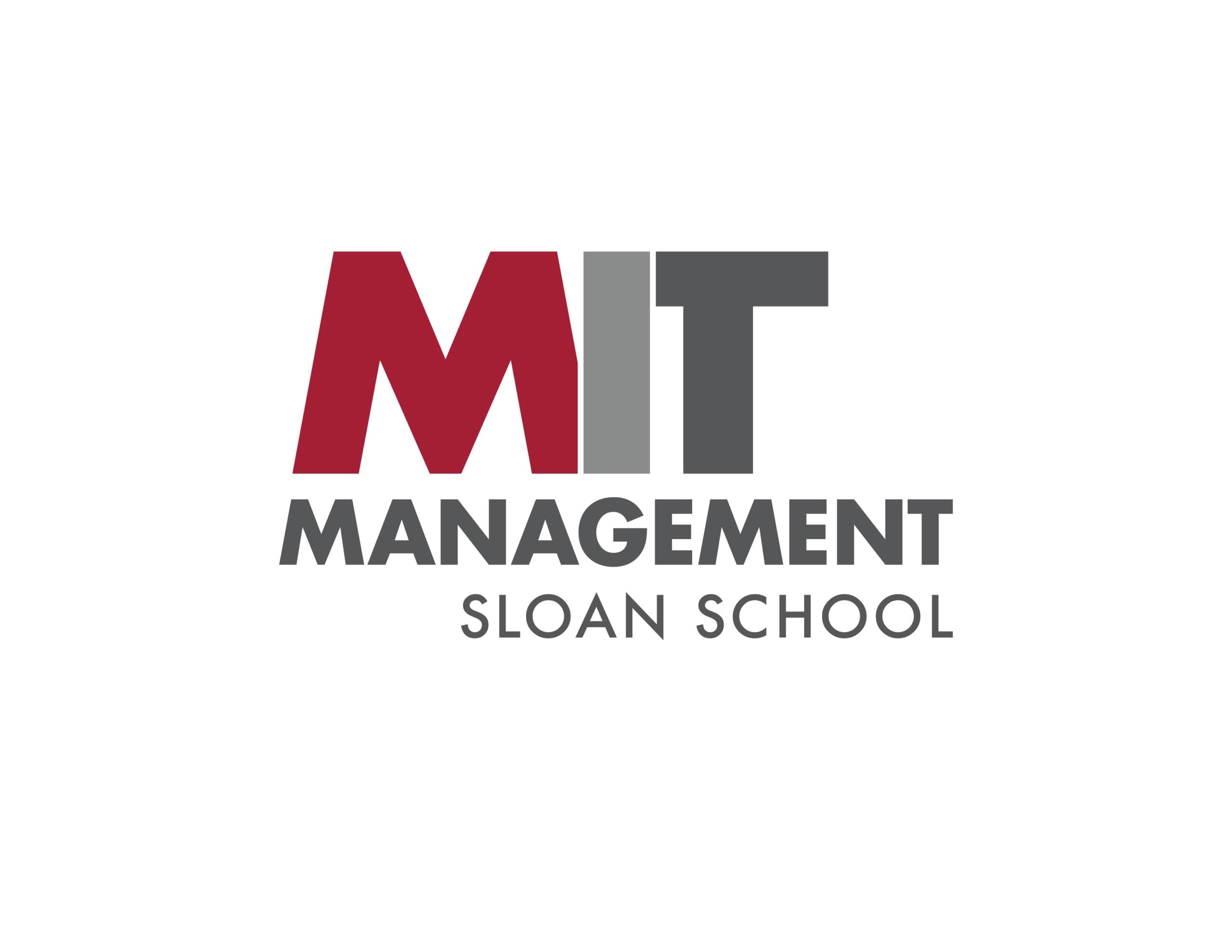The MIT Masters in Finance program is always top of mind whenever someone is asking about applying to a MSF program and any posts I make for the program get incredible views and interest from all of you reading the site. I am always working to bring all of you more content on the program and am pleased to report that we have a detailed student review of the program. I cannot thank the author enough as this is only the second review I have for this amazing program.
—
1) Why an MSF in general? Why the MIT Masters in Finance program specifically?
I pursued my master of finance degree straight after college. I attended a fairly-known institution in continental Europe for my undergraduate studies in economics and finance. The summer vacation prior to my final year at college, I was lucky enough to secure a summer internship in London at a well-known financial institution, which ultimately tilted the scales and navigated me to pursue a career in the sphere of finance. Going into my final year of studies, I knew I wanted to pursue a master of finance degree as it would, first, allow me to be more competitive on the job market, and, second, allow me to experience a new city/country for the duration of the degree. I was admitted to the masters of finance degrees at HEC in Paris, Stockholm School of Economics (SSE), London School of Economics (LSE), and MIT Sloan. Each university had a very compelling story for me and it was a really tough choice, but I chose MIT in the end as it opened the doors to a country and a continent which I hadn’t even been to before, albeit at a large financial cost.
2) Pros / Cons
I attended the 12-month Master of Finance program at MIT Sloan and it was truly a positive and unique experience. I will outline below the main pros and cons of it, but I definitely recommend the program to anyone admitted to it.
Pros:
- The organizers of the program did an amazing and fantastic job for each student to feel as engaged during the program as possible. There are multiple team-building events organized at the beginning of and throughout the program, which allow for people to socialize and mingle with their classmates, creating friendships from the first day. As the vast majority of the student body is international, most of the students were open for new friendships and the overall class was generally friendly.
- Additionally, the people you meet during your time at the program is a unique experience on its own. Just being on the MIT campus for the course of a year is an incredible feeling, as you are surrounded by some of the smartest people in the world. At the business school, called Sloan, students from different programs, Master of Finance, MBA etc., regularly interact with each other either during classes, or during the many social events organized on campus, such as lunch and learn lectures or even school-organized (and paid for) happy hours. During my time at MIT I met people from very diverse backgrounds, such as people with experience in banking/government/social work from various countries and continents, which I wouldn’t have met otherwise, creating invaluable connections across the globe.
- The academic life itself is a great pillar to the program as well. The lecturers emphasize on the students actually understanding the material taught, instead of asphyxiating on students memorizing sheets and sheets of formulas. One of my professors had won the Nobel prize for his work on the Black-Scholes-Merton formula: during his class, we did not follow the standard PPT slides projected on the board or even a textbook. He drew from his vast financial experiences, telling us stories about one of the most infamous hedge funds, which he had started, and its eventual bust. He also invited guest lecturers, of which was the former COO of JP Morgan, to talk about their experiences.
- Lastly, the program is STEM-certified, allowing international students to work for 36 months, instead of 12 months, on their student visas. This gives them three tries for the H1B (work) visa lottery. Additionally, as a student holding a graduate degree, the chances of winning the lottery are higher. All this to say, that it is very likely for a student not to run into visa issues for staying in the US post-graduation.
Cons:
- The biggest con is the huge financial cost related to this experience. We all know that schools in the US are expensive, and MIT Sloan does not lag behind clocking in at $80k for the year-long program (that is tuition alone). There is an MIT-sponsored bank, called the MIT Federal Credit Union, which does provide collateral free loans to MIT students. The students can take out loans large enough to cover the full tuition and living expenses associated with the program, and the payback period is 25-30 years (at a ~7.5% interest rate).
- Student body is not as diverse as one would expect. Roughly 20% of the students are US Citizens, and of the remaining 80% around half are students coming from the most prestigious Chinese universities, and the other half is from all over the world (roughly 25 countries represented). This combination immediately creates groups of Chinese and non-Chinese students, which can contribute to a felling of a somehow divided cohort.
3) Who would you recommend this program to?
I would recommend this program to younger people, as a lot of the class is straight out of undergrad, thus a big portion of the student body is in their early 20s. Additionally, I would strongly recommend this program if your career goals are either on the management consulting side, i.e. MBB, or more on the quant side, such as a placement at a macro hedge fund. I do not recommend the program for people interested in Investment banking as their sole career choice, as banks in the US typically hire from the undergrad programs for the Analyst level through the summer Analyst position, or hire from the MBA programs for their Associate level though the summer Associate classes, leaving the Master of Finance in an awkward middle ground. Lastly, I recommend this program to people who would like to come and work in the US, as it first provides a really strong avenue for a well-paid job in the country, and second as certain of a visa status as possible.
4) Anything else you want to add. I usually ask for how was the campus, recruiting, student life, etc.
Job placement in the US is very strong: pretty much everyone who wanted to stay and work in either New York or Boston was able to secure a position, albeit not always in their top choice. The vast majority of people landed at top tier consulting companies, such as McKinsey, BCG, Deloitte Consulting, Roland Berger etc., or at some of the biggest asset managers in the US, such as Bridgewater and State street, pursuing various positions. Starting salary is pretty high at an average of around $100k base. There are a couple of people who placed at the large investment banks, but they were mostly on the systematic market making/ sales and trading side, rather than classic M&A advisory. Overall, the program was an amazing and worthwhile experience, although at a seemingly high cost, but the salary increases in the years following the program, as opposed to not pursing it, justify it. I would say that the program being STEM does require students taking math-heavy classes, such as advanced statistic and analytics, but I think it is standard for any prestigious finance program to require these subjects.
—
This is a really detailed review and I love having another student perspective for all of you considering this program. I will continue to work to bring you more of these in the future. Hope this helps!
Here is a link to the MIT Masters in Finance Program



